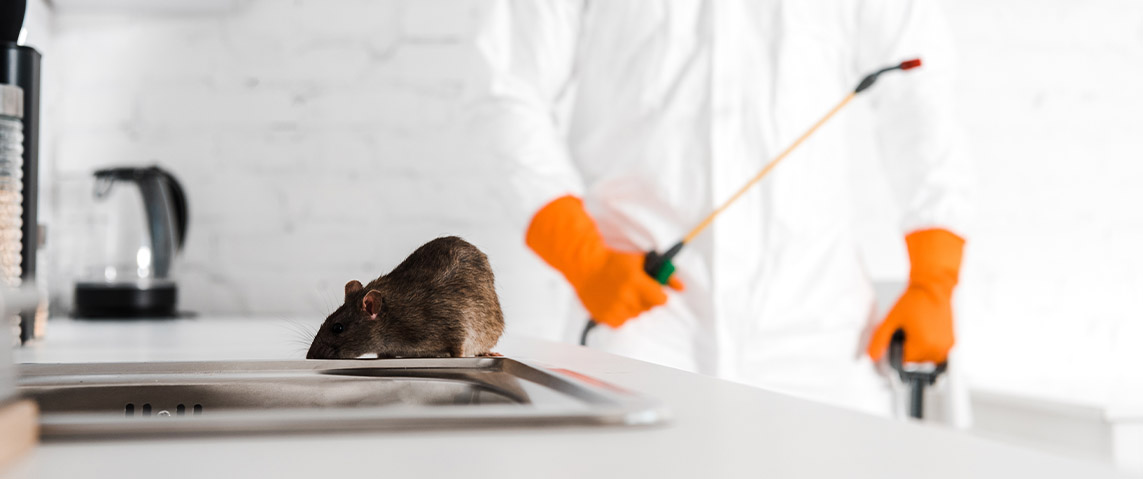How To Prevent a Rat Infestation

Living with a rat infestation is very stressful. The best thing to do is prevent a situation like this arising in the first place. Rats are different to mice and need access to water all day long. They are also known for eating absolutely anything! So, if you make it impossible for them to reach shelter, food and water, this is a good way to prevent them entering any part of the house or garden.
Below I am going to list the top things you can do to prevent a rat infestation.
- Make sure everywhere is tidy; all around the house and garden. The less clutter there is, the less places there are to hide.
- Keep any food in containers with tight lids; any readily available food will attract rats.
- If you have outdoor rubbish bags in bins, make sure they are securely fitted so that rats can’t feed from the contents.
- If you already have signs that there are rats, use peppermint oil in the house - it smells nice and it is said to be good at getting rid of rats and mice. Peppermint has a strong odour and mice and rats have a very sensitive sense of smell.
- Clear any pet food when not in use.
- Fill any holes in walls, roofs and eaves.
- Rats have been seen before swimming in drains and even into toilets, so keep the lid down!
- Fix metal grates to air bricks, vents and drains so they’re covered.
- Seal any holes around pipework with wire wool or professional sealant.
- Place traps in any areas that may be potential trouble spots.
Black and brown rats:
Rats will take any opportunity they can get to enter your home; black rats are good climbers and will try to enter your loft. Brown rats can also climb, but they prefer to build burrows, mainly near solid structures such as sheds, garages and walls. Brown rats are also known for swimming, so will often be in the sewers or drain system. Any damaged pipework with gaps or holes will make it easier for them to access.
Where they enter:
Young rats are smaller and so can squeeze through smaller gaps, for example under doorways, so make sure to cover any gaps at the bottom of doors. They will attempt to enlarge any gap, no matter how small.
Gaps In walls or doors:
Any holes or opening at the bottom of a wall or door should be filled with stainless steel wire wool or concrete.
Roof:
Rats can climb in to any loft space through gaps and broken eaves, so repair any roof damage that may be present.
Drains and pipes:
Rats have been known to swim in damaged sewer pipes and then get around u-bends into toilets, so always try to keep toilet seat lids closed. Regularly check for any damage to pipes and ensure any damage is fixed straight away.
Learn how to tackle various home emergency situations effectively and safeguard your home and family during critical moments.
Discover vital information and insights on how to handle home emergencies effectively. Explore our comprehensive guide covering various aspects of home emergency preparedness, response, and recovery. Be well-informed to cover your home and loved one

 Appliance
Appliance







